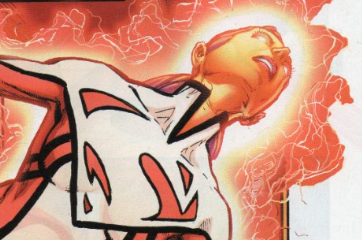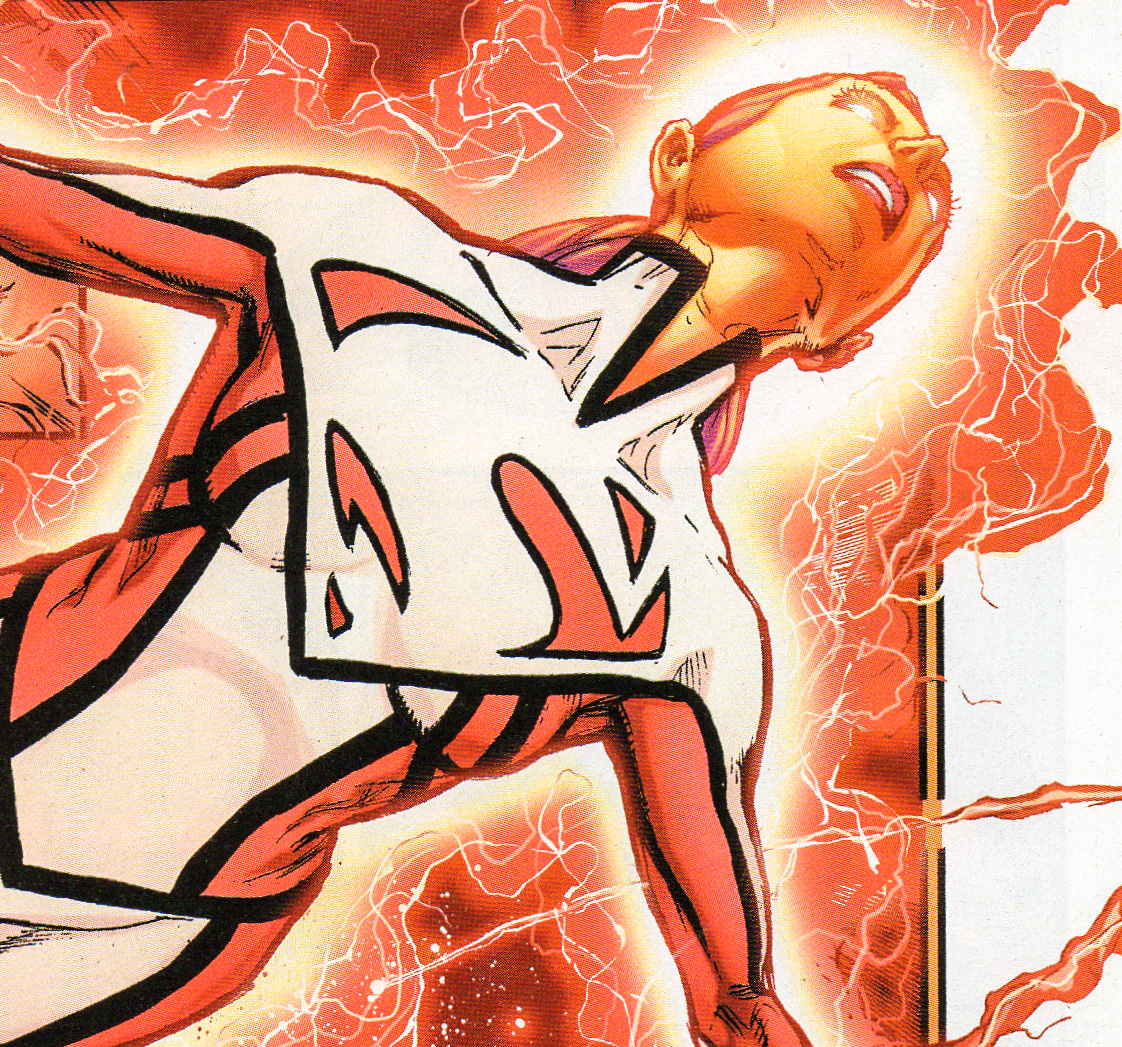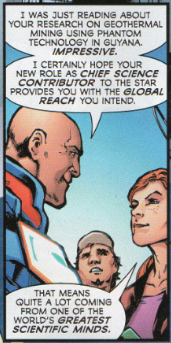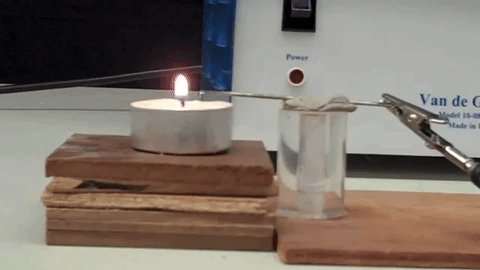Electricity can cause fires, but it can put out fires too?
Whaaaaat?
(Mild spoilers ahead for Superwoman #1)
In DC Comics’ Superwoman #1 (available at your local comic shop, or digitally, on Comixology here), Lana Lang – one of the two new “Superwomen” uses her powers to generate electrical fields to extinguish a fire on The Gestalt, a giant battle cruiser made by Lex Luthor. In doing so, Lana explains that fire is cold plasma, and all the “pieces” of fire – electrons in the plasma, ions, even the soot will respond to an electric field. So to put the fire out, Lana creates an oscillating electrical field to pull the fire away from the fuel source…and they go out. “It’s just current, frequency and voltage,” Lana says.
Did we mention that, in this version of the DC Universe, Lana isn’t just a farm girl that spends her time pining away for Clark Kent to come back from the big city? Nope – here, she was an engineer, and is now the Chief Science Contributor to the Daily Star – a web-based news outlet/ So basically, she’s a science reporter/communicator. Think of her like NPR’s Ira Flawtow of Science Friday – if he occasionally threw on a superhero costume and prevented giant-scale emergencies with his powers.
So as we mentioned earlier, electricity can cause fires, sure – but can it be used to put out fire?
We’re going to put Lana’s large-scale use of her electrical abilities to put out fires to the side for the moment, but looking at the science of it – fire can be used to put out fires. In initial studies, a group from Harvard’s Whitesides Research Group showed that, using a wand that produced an electric field with a strength of a million volts (a megavolt) per meter – about enough to generate a spark in dry air – gas flames up to 20 inches high went out almost instantly. And just so we’re clear – that amount of electricity is safe. It’s similar to what you’d generate walking across carpet on a dry day to get a shock when you touch the doorknob.
Wait – Someone in My School Could do This?
A similar effect can be seen in any physics/physical science classroom or museum with a Van de Graaf generator – just look up “electric wind” experiments. When a Van de Graaf runs, a positive charge is created in its larger, top sphere. Attach a thin piece of metal (I’ve used a bent paperclip with my classes) to the sphere and bring a flame up to the end of the piece of wire/needle.
Positive charges travel from the Van de Graff sphere and concentrate at the end of the wire. If the current is strong enough, the air around the metal will be ionized thanks to the excess positive charge. Electrons in the gas molecules near the flames will be attracted to the positive charges, leaving positively charged gas molecules behind (ions). The positively charged gas molecules don’t like being near the positively charged sphere and wire and move rapidly away from it, dragging air molecules with them, creating a slight movement of air, or…wind. End result – bring a candle flame near the end of a wire attached to a Van de Graff generator, and the flame will act like there’s a breeze coming off of the sphere. If there’s enough of a charge, strong enough air movement can be created to blow the flame out.
On a larger scale, well, it’s mostly the same idea – the Whitesides Research Group’s charged wand pushed the flame away from the burner, causing it to go out. The initial research was released in 2011, with the goal of scalability to allow the method to be used on larger fires. Additionally, there is possibility that the application could be used in buildings, the wands could be carried by firefighters in backpacks – or, and they’re an interested partner in developing the technology – on Navy ships. DARPA has been looking at it for a while now, too.
Going back to the comic – as far as Lana scaling it up to put out a large fire on the Gestalt? Hey – the foundational science is there. Sure, there are some questions about creating an megavolt electric field in a metal box of a ship, and some other issues, but at its base, using electricity to put out fires is, at its base, pretty sound science.
(Full disclosure – Matt Brady did consult with Superwoman series writer and artist, Phil Jimenez, during the production of issue #1 about this topic.)










